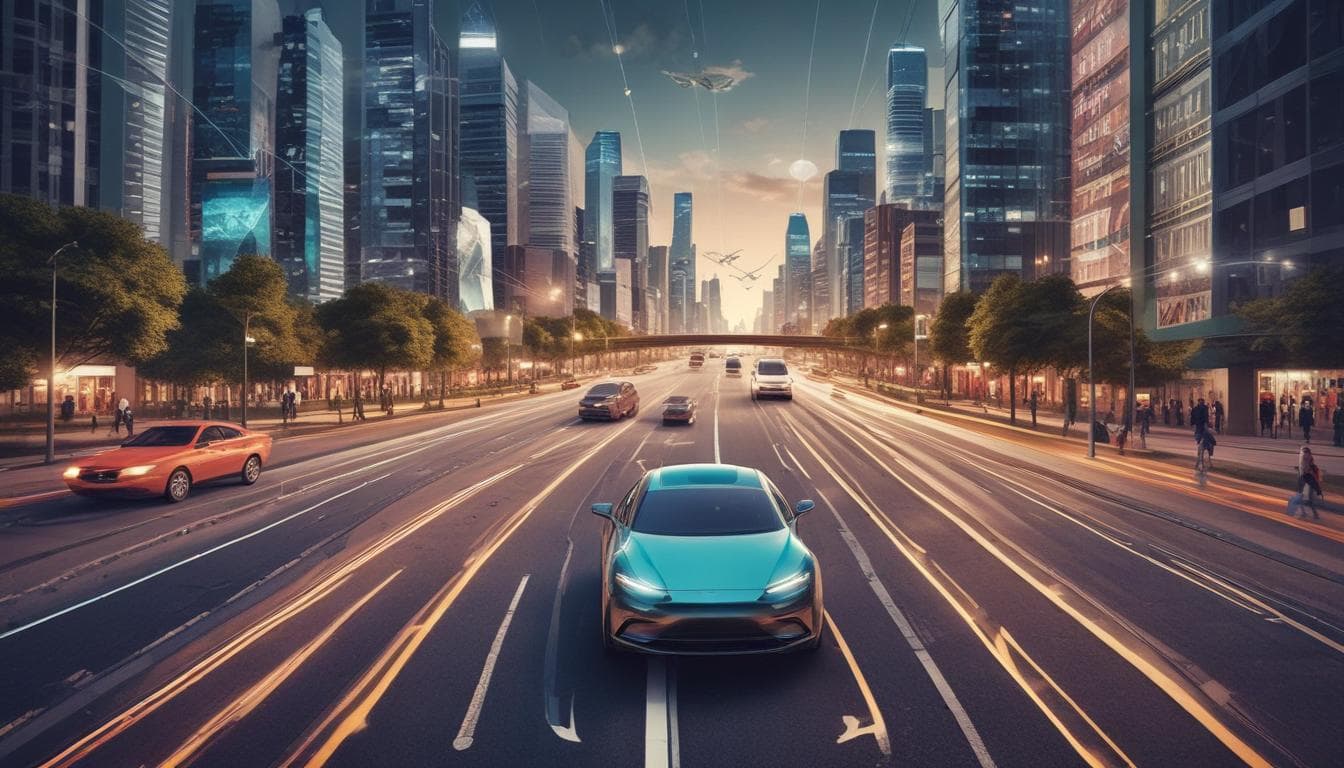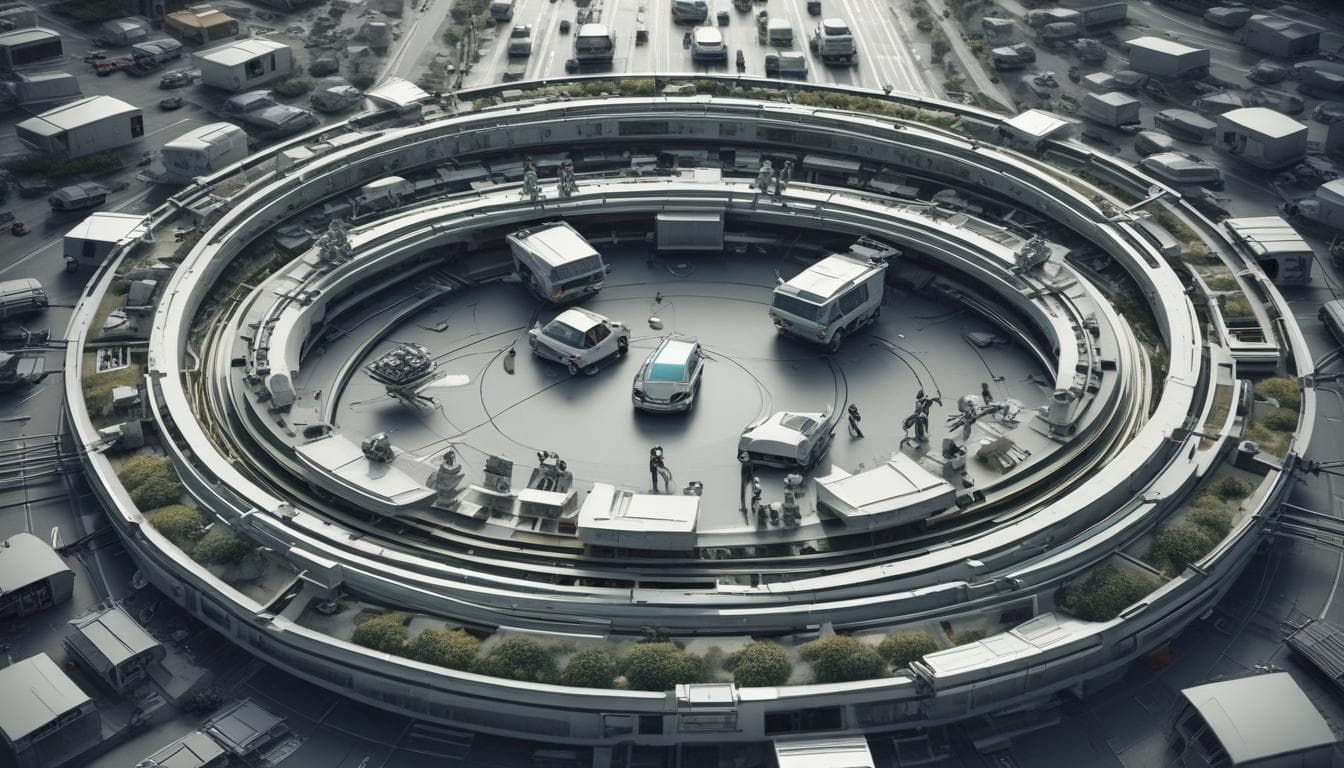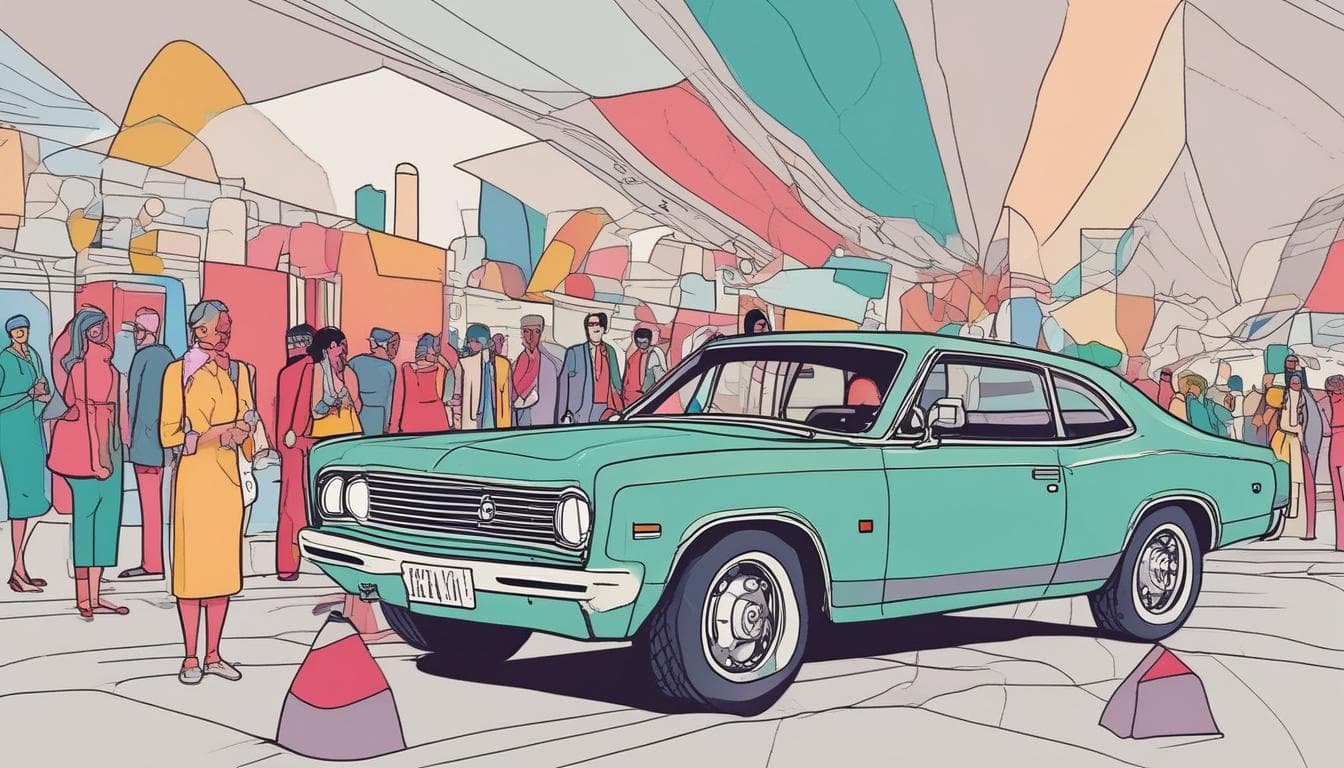Imagine vehicles incorporating advanced bio-mimicry, going beyond aerodynamics. Think energy generation inspired by photosynthesis, self-repair mechanisms mimicking biological tissue regeneration, or adaptive camouflage like an octopus. What specific biological systems hold the most fascinating potential for revolutionizing automotive design and functionality, and what are the most significant scientific or engineering hurdles to overcome in creating these 'living' machines?
The concept of integrating biological systems into automotive design opens up a world of possibilities that could redefine how we think about vehicles and their functionality. Here are some fascinating biological concepts that hold significant potential:
1. Photosynthesis-Inspired Energy Generation
- Concept: Designing materials that capture sunlight and convert it into energy could lead to vehicles that partially recharge while in use.
- Hurdles: Developing efficient light-absorbing materials and scaling up the technology for automotive applications is a challenge. Research in the impact of sustainable practices can provide insights into integrating such technologies effectively.
2. Self-Repair Mechanisms
- Concept: Inspired by biological tissues that can heal themselves, automotive materials that can mend minor damages could extend the lifespan of vehicles and reduce maintenance costs.
- Hurdles: The greatest challenges include creating materials that can actively identify damage and have the capacity to restore themselves—a topic explored in the context of materials science and robotics in the robotics revolution.
3. Adaptive Camouflage
- Concept: Utilizing technologies inspired by octopuses, vehicles could change their appearance based on surroundings for aesthetic or safety reasons.
- Hurdles: The main scientific challenge lies in developing responsive surfaces that can mimic the changes in coloration and texture based on environmental inputs, which might require extensive research into materials and bioengineering.
Implementing these innovations would not only enhance vehicle functionality but also contribute to the future of automotive sustainability and user experience. Furthermore, there may be overlaps with emergent technologies such as generative AI, which could assist in designing these complex systems effectively.
In conclusion, while the potential is immense, the journey toward creating these 'living' machines will require collaborative efforts across various scientific and engineering disciplines. Discussions around these innovations could help us further explore the fascinating intersection of biology and automotive design.
このトピックについてさらに詳しく探る
会話に参加する
- 車が感情を理解する未来:交通事故は減る?新たな課題は?
車がドライバーの感情を理解し、運転スタイルを調整する未来について考えてみましょう。交通事故の減少、プライバシー問題、AIによる感情操作など、様々な可能性と課題について議論します。
- 感情認識する車:未来の運転体験を議論
車がドライバーの感情を理解し、運転スタイルや車内環境を調整する技術の潜在的なメリット・デメリット、倫理的な課題について議論します。安全性、快適性、運転の楽しさといった観点から、未来の運転体験への影響を探ります。
- 感情認識で変わる運転体験:メリット、デメリット、そしてプライバシーへの影響
車がドライバーの感情を理解し、運転を調整する未来の運転体験を考察します。安全性、快適性、運転の楽しさの向上といったメリットと、プライバシーやデータセキュリティに関する懸念点など、多角的な視点から議論します。




